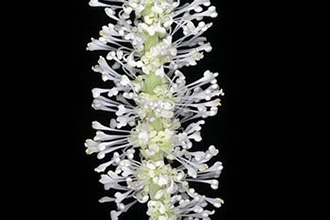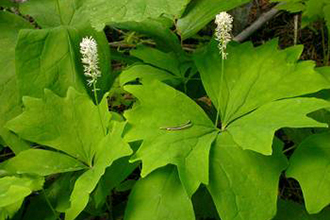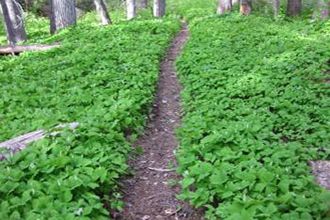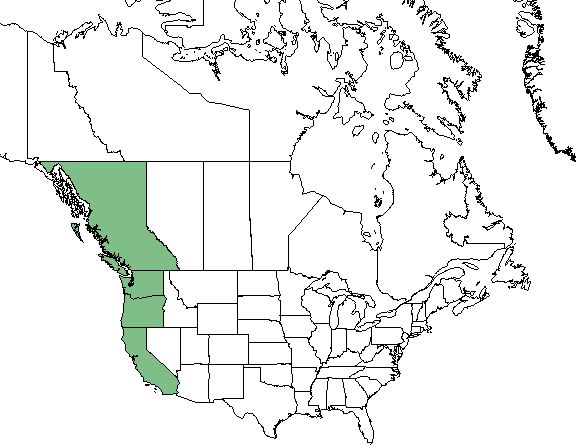Lady Bird Johnson Wildflower Center plant database
Burns, R.M., and B.H. Honkala. 1990. Silvics of North America (Volume 1: Conifers, Volume 2: Hardwoods). USDA Forest Service Agricultural Handbook 654.
USDA Plants Database
USDA, NRCS. 2016. The PLANTS Database. National Plant Data Team, Greensboro, NC 27401-4901 USA.
Distributuion map photo credit.
USFS Plant Database
Habeck, R. J. 1992. In: Fire Effects Information System, [Online]. U.S. Department of Agriculture, Forest Service, Rocky Mountain Research Station, Fire Sciences Laboratory.
Flora of North America
Flora of North America Editorial Committee, eds. 1993+. Flora of North America North of Mexico. 19+ vols. New York and Oxford.
Burke Museum of Natural History and Culture
Burke Museum. 2017. Achlys triphylla [Online]. University of Washington.
Photo credit © Bud Kovalchik, 2004 Ben Legler.
The Biosystematics of Achlys
MIZUNO, M., YOSHIDA, S., IINUMA, M., TANAKA, T., LANG, F. A., & GOTO, K. (1990). Novel isocoumarin derivatives from Achlys triphylla (Berberidaceae). Chemical and pharmaceutical bulletin, 38(7), 2075-2077.
Plants for a Future
Future, P. F. (2020). Achlys triphylla. Retrieved from Plants For A Future: https://pfaf.org/user/Plant.aspx?LatinName=Achlys+triphylla



